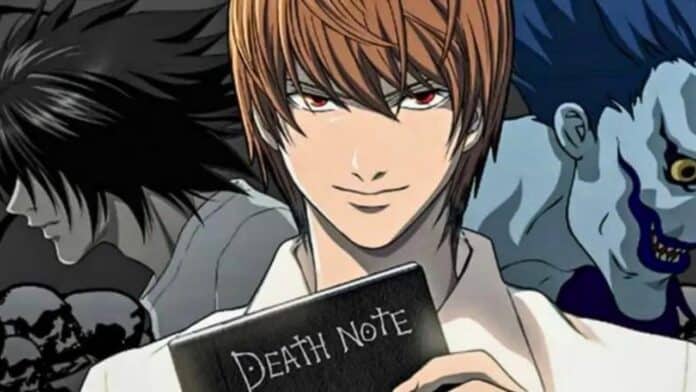In Death Note, a manga and anime series created by Tsugumi Ohba and Takeshi Obata, the Death Note’s rules are fundamental to the narrative’s progression and complexity.
The Death Note, a supernatural notebook that allows the user to kill anyone whose name is written in it, comes with a set of specific rules.
This article explores the significance of these rules in Death Note, examining how they shape the story and the characters’ actions.
The Foundation of the Plot
The rules of the Death Note are the foundation upon which the plot of Death Note is built. These rules set the parameters for how the notebook can be used, influencing the strategies employed by Light Yagami, the protagonist, and L, the detective pursuing him.
The limitations and possibilities provided by the Death Note’s rules drive the intricate cat-and-mouse game between them.
Primary Rules
The Human Whose Name Is Written In This Note Shall Die: This is the fundamental rule of the Death Note. If you write a person’s name in the notebook while picturing their face, that person will die.
Details of Death: Within 40 seconds of writing the person’s name, you can write down the details of the death. If no cause of death is specified, the person will die of a heart attack.
Control of the Victim Before Death: If you write a cause of death and then write the details of the death within the next 6 minutes and 40 seconds, you can control the actions of the person up until their time of death.
Trading Half of One’s Lifespan for the Eyes of a Shinigami: A human can make a deal with the Shinigami (the death gods) to obtain the Shinigami eyes, which allow them to see a person’s name and lifespan above their head. However, this costs half of the human’s remaining lifespan.
Burning the Death Note: The only way to kill a Shinigami is to make them fall in love with a human. Burning the page of the Death Note before the death occurs can nullify the death.
Ownership and Possession: The Death Note can be owned by a human, and ownership is transferred when it’s lost or willingly given away. A person can relinquish ownership of the Death Note, but keep their memories by keeping possession of at least one page.
Lifespan: A Shinigami must extend their own life by writing human names in the Death Note, but a human can neither go to heaven nor hell after using it.
Complexity and Strategy
One of the most significant aspects of the Death Note’s rules is the complexity they add to the series. The rules require Light to be strategic in his use of the notebook.
This need for careful planning and consideration turns his actions into a high-stakes intellectual battle, rather than a mere series of unchallenged killings.
Moral and Ethical Implications
The rules of the Death Note bring moral and ethical questions to the forefront of the series. They force both the characters and the viewers to contemplate the implications of having such power.
The rules regarding the conditions of death, for example, make Light confront the reality and specificity of his actions, adding a layer of moral complexity to his character.
Plot Twists and Tension
Several rules of the Death Note are revealed gradually throughout the series, contributing to plot twists and maintaining suspense.
The gradual unveiling of these rules keeps the audience engaged, as each new revelation can drastically change the direction of the story and the tactics of the characters.
Limitations and Vulnerabilities
The limitations imposed by the Death Note’s rules create vulnerabilities for Light. These limitations are crucial in maintaining a balance between the protagonist and the forces trying to stop him, preventing the story from becoming a one-sided affair.
They add tension and unpredictability to the narrative, as viewers see how Light navigates these constraints.
The Role of Shinigami
The rules also highlight the role of the Shinigami, the death gods who originally possess the Death Notes.
The involvement of the Shinigami and their own adherence to the rules provide a broader context to the story, connecting the human world with the supernatural elements of the series.
The rules of the Death Note in Death Note are more than just a set of guidelines for using the notebook; they are integral to the narrative’s development and depth.
They add complexity, moral ambiguity, and suspense to the story, driving the plot and character actions. Through these rules, Death Note explores themes of power, morality, and the consequences of one’s actions, making it a compelling and thought-provoking series within the anime genre.
The Death Note’s rules challenge both the characters and the viewers to ponder the profound implications of wielding such lethal power.
Also Read: The role of the Shinigami in Death Note and Japanese folklore

